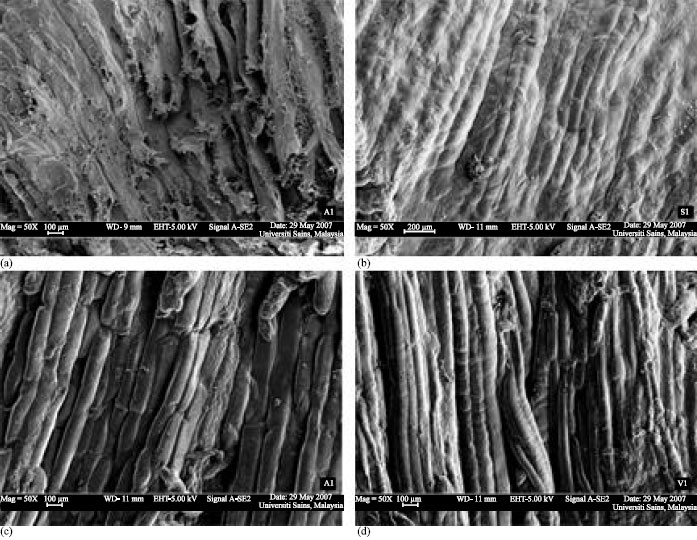Research Article
Changes in the Physicochemical Properties, Microstructure and Sensory Characteristics of Shark Dendeng Using Different Drying Methods
Laboratory of Fish and Meat Processing, Food Technology Programme, School of Industrial Technology, Universiti Sains Malaysia, 11800 Penang, Malaysia
Nurul Huda
Laboratory of Fish and Meat Processing, Food Technology Programme, School of Industrial Technology, Universiti Sains Malaysia, 11800 Penang, Malaysia
Ruzita Ahmad
Currently is affiliated with Advanced Medical and Dental Institute, Universiti Sains Malaysia, Malaysia













